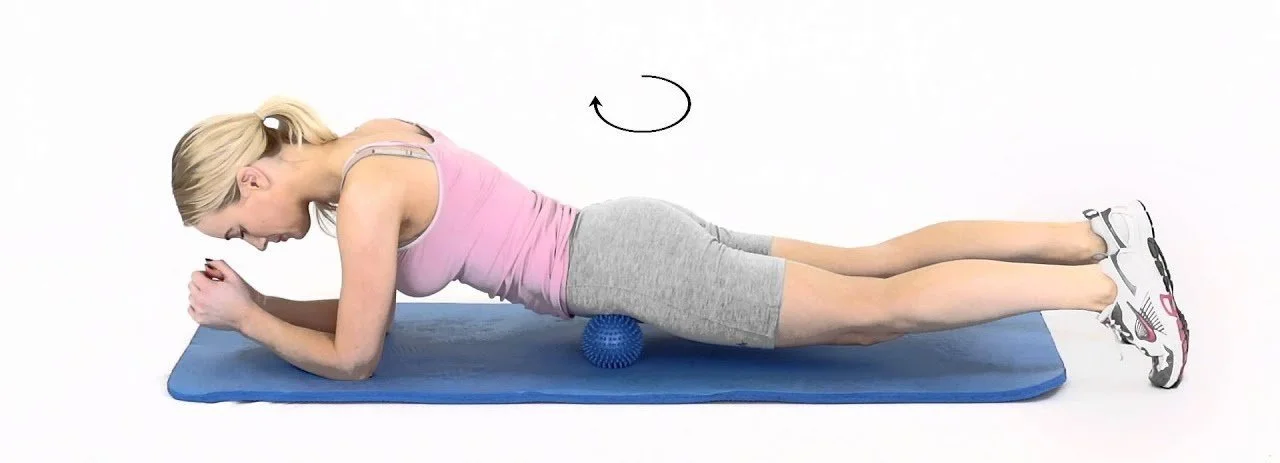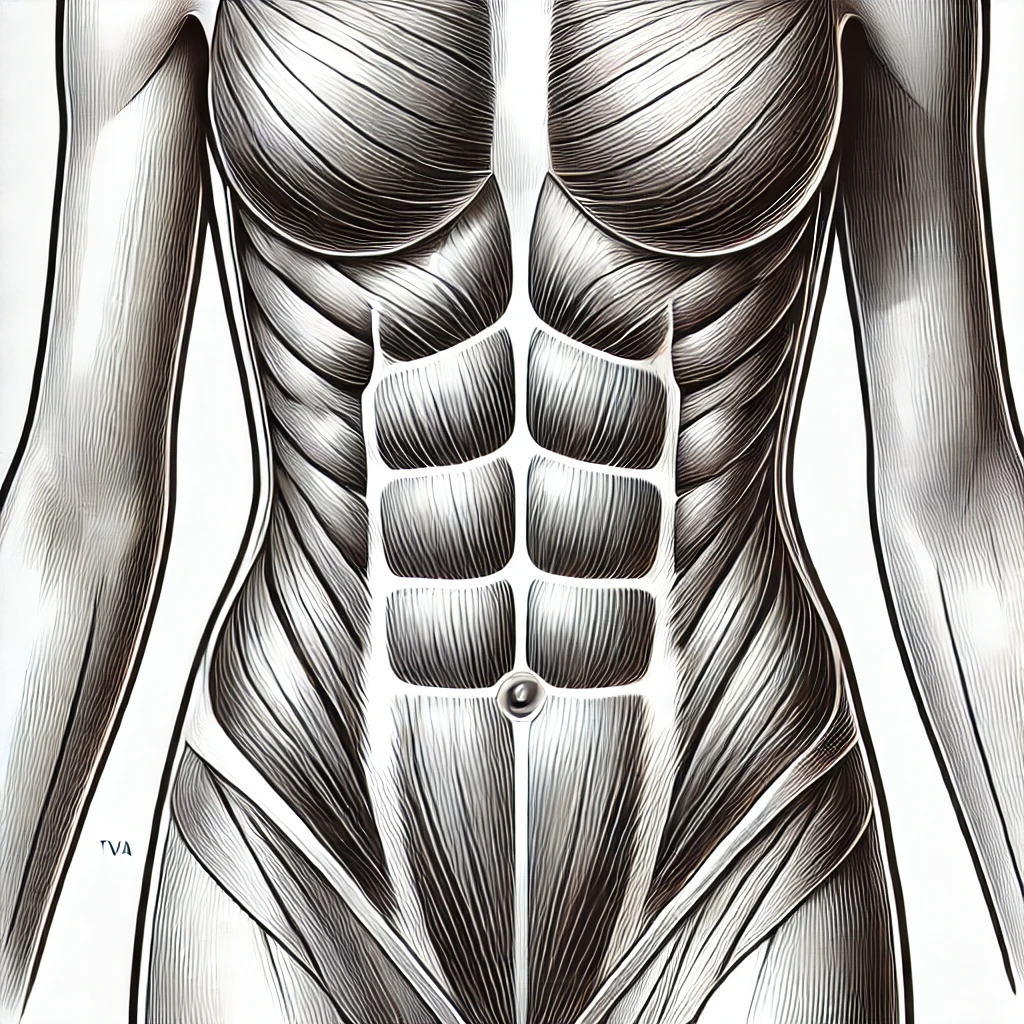Stop Hip Flexor Soreness After Running in 3 Steps
Sore hips after running is not a normal, healthy response. Hip pain after running is indicative of a deeper issue. Many specialists or running gurus may encourage you to stretch more to counter the 'tightness.' This is a harmful advice and we are about to explore why.
Why stretching doesn't prevent hip discomfort after running
This is the number one advice you will receive if you're searching the answer to your hip pain. Unfortunately, a lack of integration and stability in your hips likely causes hip flexor soreness after running.
Simply put, stretching reduces stability and reduces your muscles ability to work together. I want you to picture that you are holding 5 rubber bands in your hand that are all different lengths and tensions. If you keep stretching the rubber bands together, some bands will stretch a lot while others won't stretch much at all. The shorter, looser bands would get pulled the most.
When you stretch your muscles before a run, you are essentially stretching a few different elastic bands at once. You may believe you are stretching a certain muscle, but in reality you are stretching a random host of muscles to a random degree.
You are likely going to stretch the stretchiest muscles the most as they are already easy to stretch. You are damaging the natural elasticity and integration of the muscles by constantly, passively stretching them.
What Should You Do Instead Of Stretching to stop hip joint pain after running?
We are about to tackle 5 easy steps to improving your running and elasticity. We are going to do so WHILE reducing any running and hip flexor pain.
STEP 1: Myo Fascial Release (MFR)
Your hip flexor hurts when running because of an imbalance in your structure and movement patterns. Unlike passive hip flexor stretches, myo fascial release directly targets your shortened, "tight" muscles.
To add to this, MFR has a much higher success rate for short term pain relief. Most people are shocked at how much more effective it is than generic stretching.
Unlike stretching, MFR uses pressure to release tightness in muscles. This improves mobility in a more longterm and functional way. Static stretching can eventually cause hip flexor strain or hip injury, while MFR targets myofascial tissues to prevent this.
This approach aligns with the tensegrity principle, ensuring that the body's structure is balanced and stable.
Tensegrity is a concept where the body stays strong and flexible by balancing forces of tension and compression. Imagine a balloon: the skin holds together because of the air pushing out and the tension of the rubber pulling in. In our bodies, muscles and tendons create this balance to keep us stable and able to move easily.
MFR also encourages integration by addressing your fascia (connective tissue network) as a whole. This is better than focusing on isolated muscle groups as it has a more lasting effect.
MFR enhances the body's natural elasticity, allowing for more efficient movement and reducing the likelihood of pain and injury. Stretching causes our elastic muscles to become less elastic overtime. By adhering to these principles, MFR offers a comprehensive and effective approach to pain relief and functional improvement.
STEP 2: Strengthen Your Core & Add Rotation
A strong, integrated core is a rare gem in todays society. Even some people with 6-pack abs are still unable to use them in a functional manner.
Firstly, let us address why a strong and functional core is crucial to preventing hip ache after running.
Both compression and a lack of rotation are common causes of hip flexor pain after running. Imagine your chest/upper body is a cylinder and your hips are a separate cylinder. The structure in the middle integrates these two cylinders - your core.
If your core is weak, your hips and upper body lose the ability to communicate effectively and prevent compression.
If your core is strong and capable of rotation, your chest and hips can successfully support your hip flexor muscles and reduce pain.
Rather than every step causing your spine to compress down into your hips, your body will be elastic. This will prevent this excessive compression from occurring during your runs. Say goodbye to your regular trips to the physical therapist.
Now let's dive a little deeper into rotation. Many people do not rotate correctly when they run. At our clinic, we have analysed the gait of thousands of people in Brisbane, Australia.
The most common thing we find is that people are compressing downwards rather than rotating when they run or move in general. The rotation allows you to load into your glutes instead of compressing down into your hips. We can solve most hip flexor pain in runners with correct rotation.
Running and hip pain do not have to coexist when you bring rotation into the picture.
STEP 3: Load Into Your Glutes
That brings us nicely into our final step, loading into your glutes.
Most runners who experience painful hip flexors while running do not use their glute max correctly. If your hips are hurting from running, there is a high chance you are over recruiting your glute medius.
Glute medius over-recruitment and insufficient gluteus maximus activation are common causes of hip pain after running. When the glute medius muscle overworks, it leads to strain and pain in the hip flexors. This is especially true for the rectus femoris muscle.
Notice that the glute medius is a stablising muscle? This muscle over recruits to compensate for lack of stability. The aforementioned lack of core stability and rotation often causes this.
This imbalance places extra stress on the hip flexor muscles and the fluid-filled sacs that cushion the ball and socket joint. This chronic stress often results in hip injuries and 'runners hip'.
Key Takeaways
To reduce pain, it's essential to stop running temporarily and apply ice to the affected area. If an exercise is hurting, 'pushing through the pain' is never a good idea. This is because there is always a reason for the pain and you should treat it as a message from your body.
Get into MFR, stop stretching, strengthen your core, practice your rotations and incorporate more glute maximus into your training.
Remember, proper glute and core activation is key to maintaining hip health and avoiding further hip injuries.
If you live in Brisbane, come in for an initial consultation and have your gait (running) professionally assessed. We will identify the root causes of your hip pain and give you highly individualised exercises. These movement pattern techniques are crucial to rectify the issues.




